All the Different Types of Paprika — Plus How to Use Them
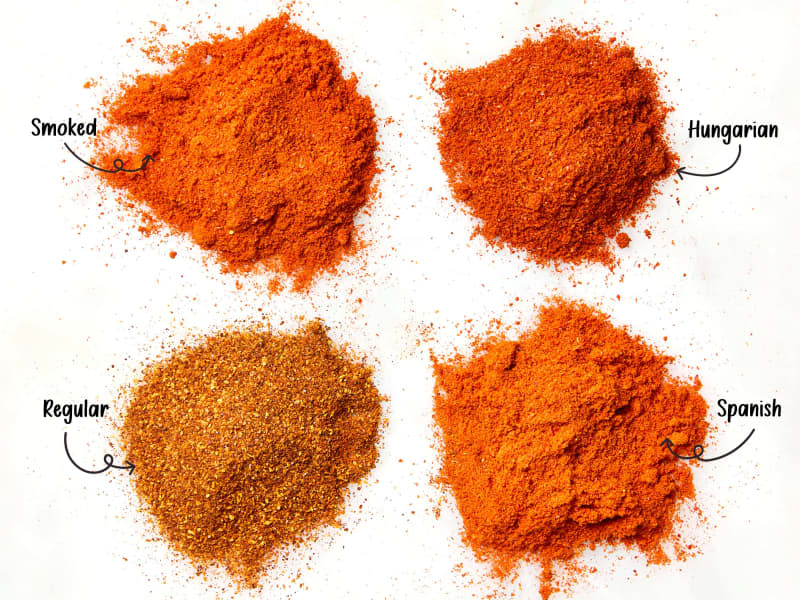
Of all the different types of spices you might come across at the store, paprika is arguably one of the most vibrant and recognizable. This rich reddish-orange — and sometimes brown — spice is super versatile and comes in a few different forms. Paprika is a common ingredient in popular foods like barbecue sauce and spice rubs. It’s flavor ranges all the way from sweet to hot and can add smokiness, brightness, or even a light fruity flavor depending on which variety you use. Here we break down the differences between four main types of paprika so you’ll know which to reach for when.
What is Paprika?
Paprika is a powder made from grinding the pods of various kinds of Capsicum annuum, otherwise known as peppers. Used for flavor and color, it is the fourth most consumed spice in the world and often appears in spice mixes like bahārāt and Cajun seasoning, rubs, marinades, stews, chilis, and as a garnish. Depending on the variety of pepper and how it is processed, the color can range from bright red to brown and the flavor from mild to spicy. It’s helpful to know the distinct qualities that each type of paprika can bring to a dish.
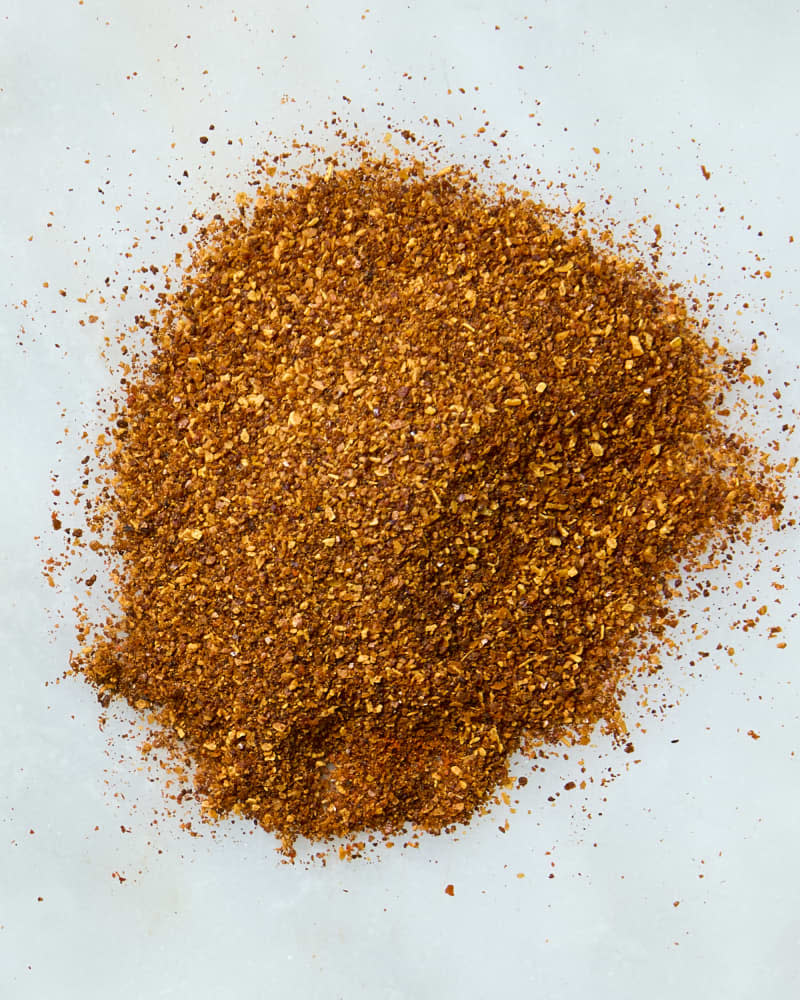
“Regular” Paprika
Most of the paprika sold in grocery stores is simply labeled “paprika.” Its origins may be Hungarian, Californian, or South American, and it is sometimes mixed with other chiles like cayenne. This paprika tends to be neither sweet nor hot and is flexible enough to use in everything from deviled eggs to chicken tikka masala.
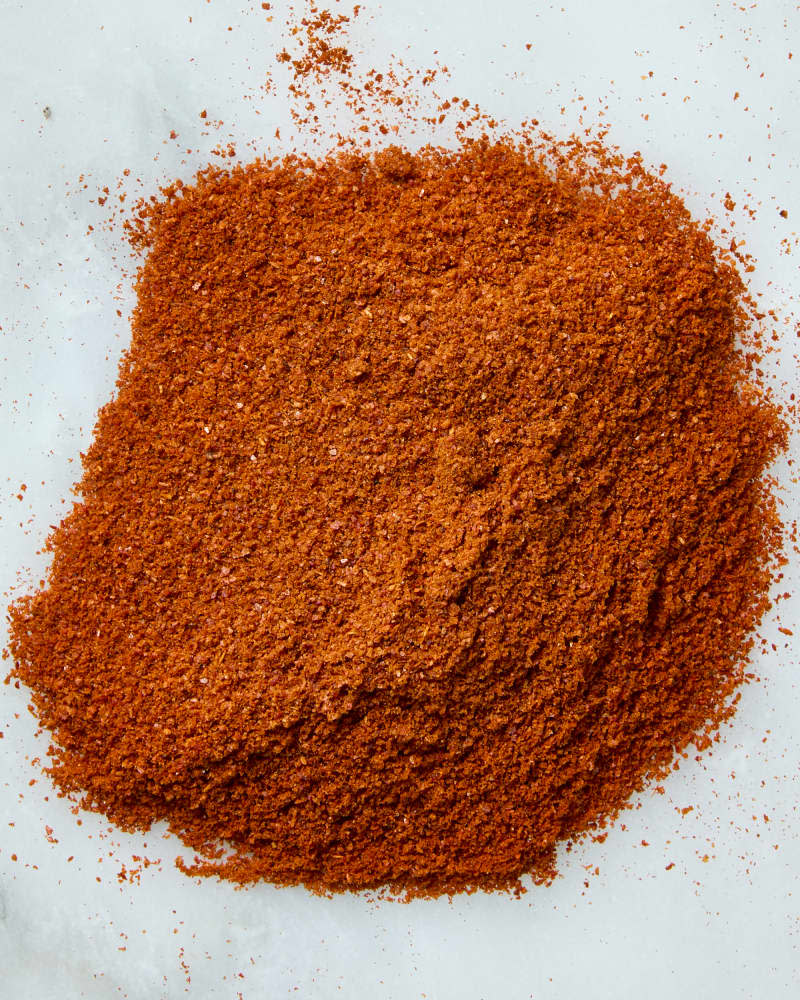
Hungarian Paprika
Paprika is considered the national spice of Hungary and it appears in some of the country’s most celebrated dishes, like beef goulash and chicken paprikash. Hungarian paprika is made from peppers that are harvested and then sorted, toasted, and blended to create different varieties. All Hungarian paprikas have some degree of rich, sweet red pepper flavor, but they range in pungency and heat. The eight grades of Hungarian paprika are:
Különleges. “Special quality”, which is mild and the most vibrant red.
Csípősmentes csemege. Which is delicate and mild.
Csemege paprika. Similar to csípősmentes csemege but more pungent
Ccsípős csemege. Which is even more pungent
Édesnemes. “Noble sweet”; which is slightly pungent and bright red. In the US, what is marketed as Hungarian sweet paprika is usually this variety.
Félédes. Semi-sweet with medium pungency.
Rózsa. Mildly pungent and pale red.
Erős. The hottest and light brown to orange in color.
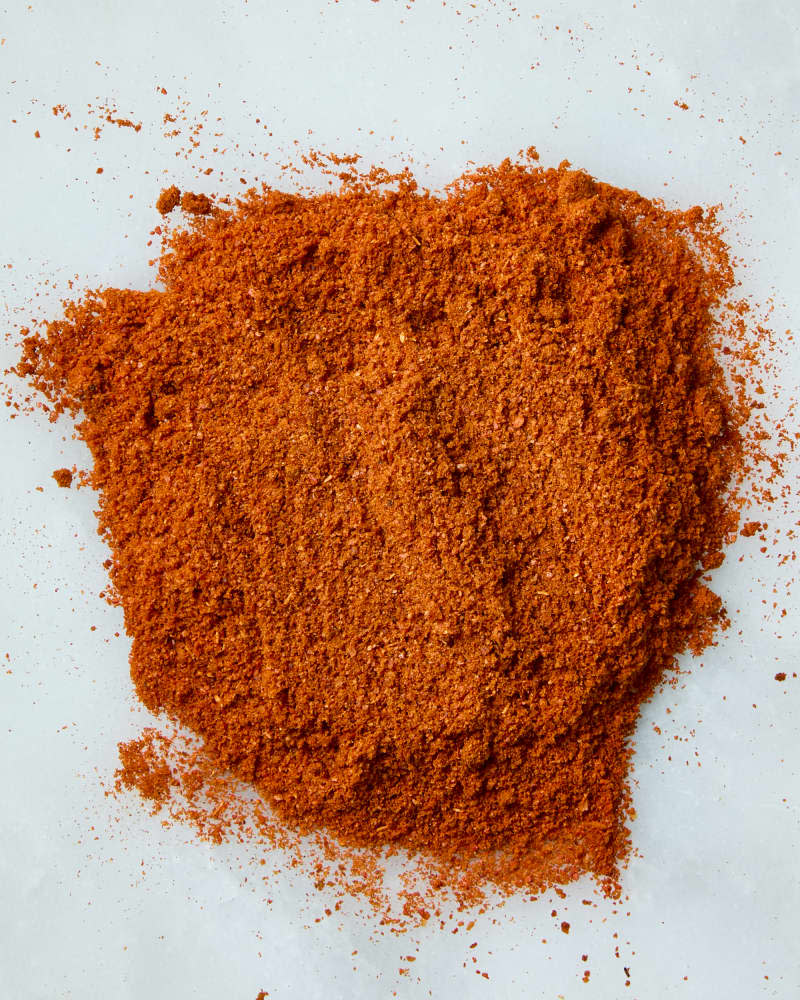
Spanish Paprika or Pimentón
Although generally less intense than Hungarian paprika, Spanish paprika can range from dulce (sweet and mild) to agridulce (bittersweet and medium hot) to picante (hot), depending on the type of peppers used (round or long), whether the seeds are removed, and how they are processed.
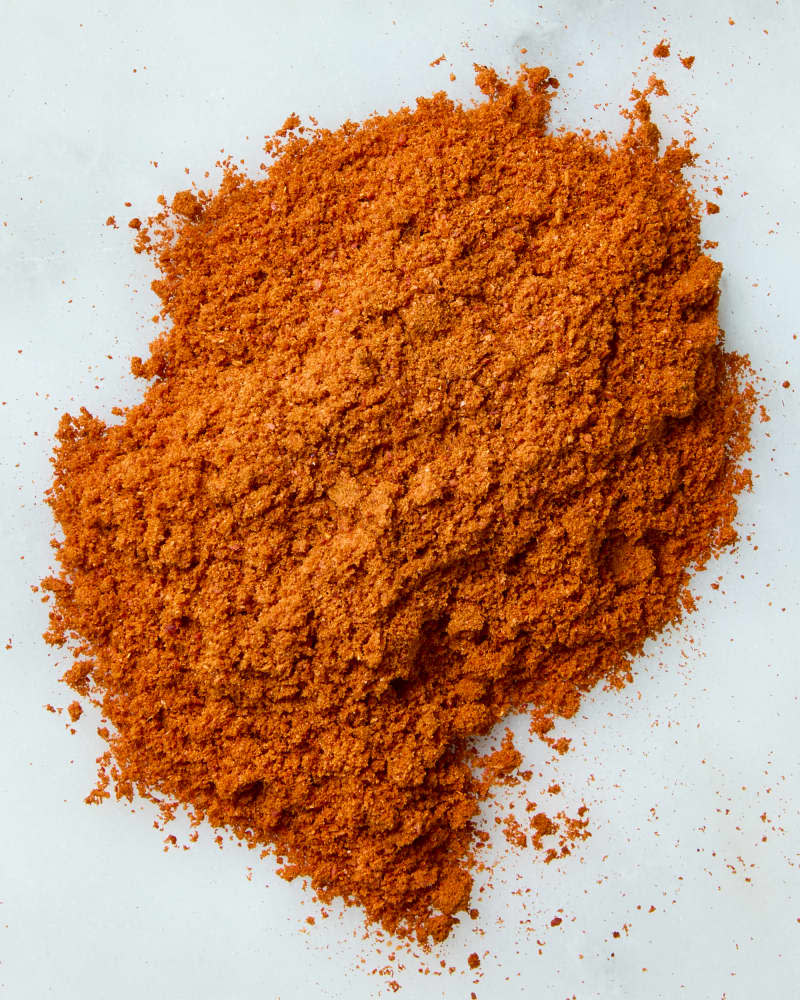
Smoked Paprika
In Spain’s La Vera region, farmers harvest and dry the chiles over wood fires, creating smoked paprika or pimentón de La Vera. Smoked paprika works well in dishes like weeknight orzo paella, creamy risotto with preserved lemon, or any dish in which you want a deep, earthy flavor.

